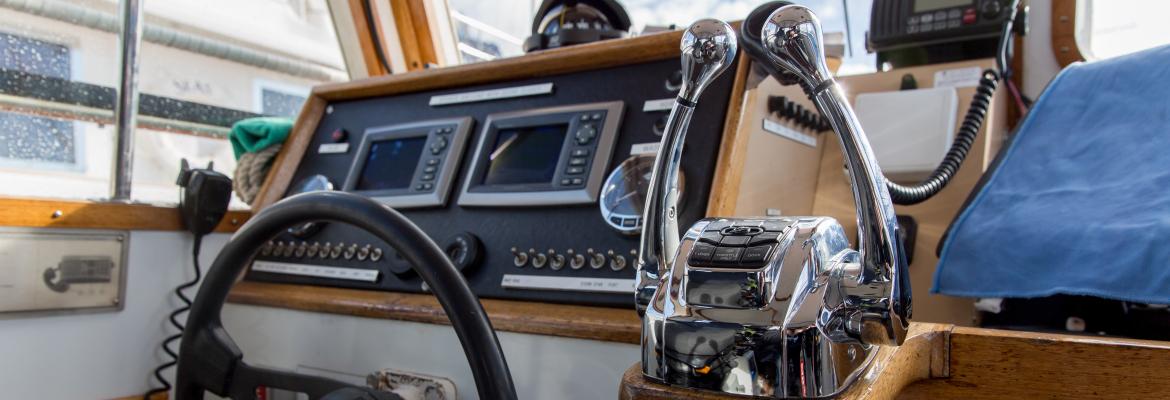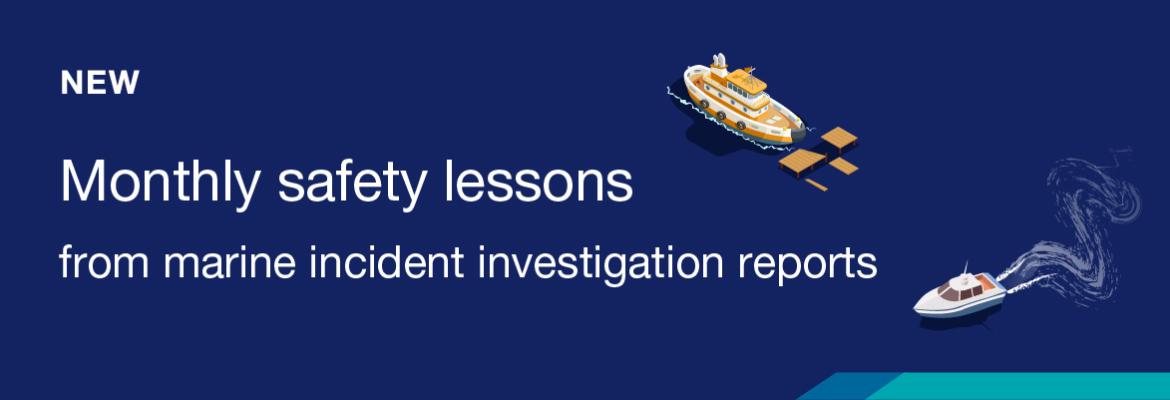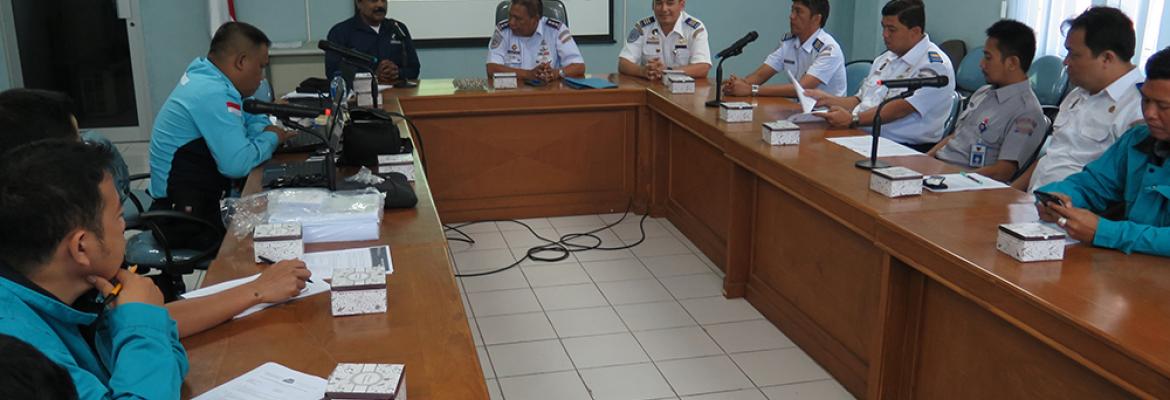
To be effective, safety equipment needs to be properly maintained and stored so that when needed, it works.
It's important to make sure you know how to use each piece of safety equipment in your kit without instructions and in the dark.
Follow the manufacturer's instructions for advice on proper use and servicing. Make a checklist of all your safety equipment to keep track of what equipment you own and when it needs to be serviced.
Some items of safety equipment - such as life rafts and EPIRBs - must be placed in a specific location for effective deployment in an emergency, and of course you should always be wearing your lifejacket when on deck or in an open boat.
In emergency situations you may have as little as 30 seconds to grab your safety gear and activate your beacon. Think about keeping safety items you need when abandoning vessel, in an accessible and buoyant container with handles. Take the 30 second challenge to find out if you're ready for such an emergency.
Your state, territory and federal marine safety agencies can tell you the minimum safety equipment required for your boating activity, but you should also consider whether you need additional safety equipment for your circumstances.
Make sure your emergency beacon (EPIRBs and PLBs) is registered with AMSA (or if you're based in New Zealand, with Maritime NZ). In an emergency, GPS-enabled emergency beacons are accurate to within 120 meters, making it much easier to find you. Registering your beacon assists AMSA/Maritime NZ to initiate a search and rescue response as quickly as possible.
Read also
- Wipeout - Working Boats January 2020
- 30 second challenge-Department of Transport, WA
- Beacons website

